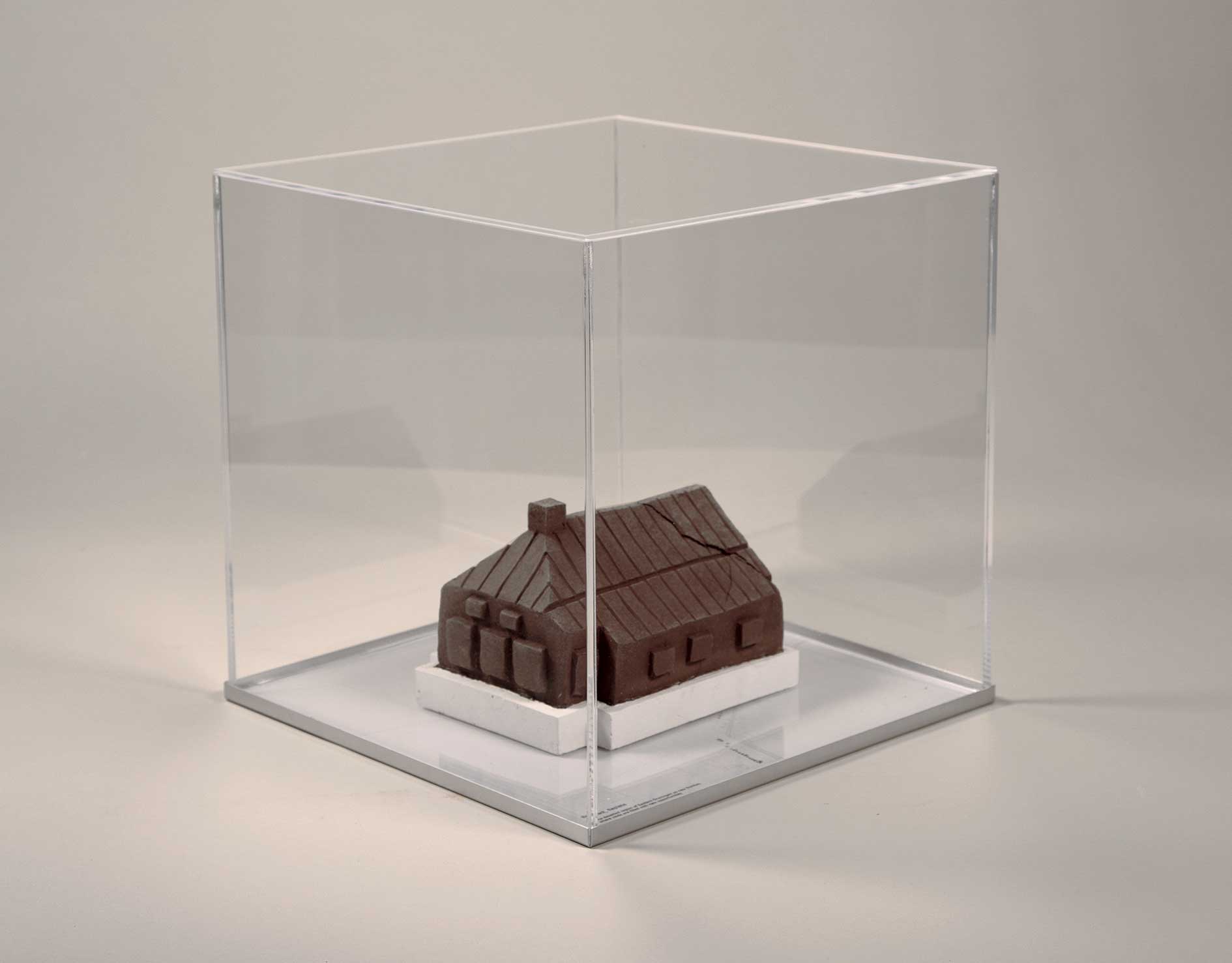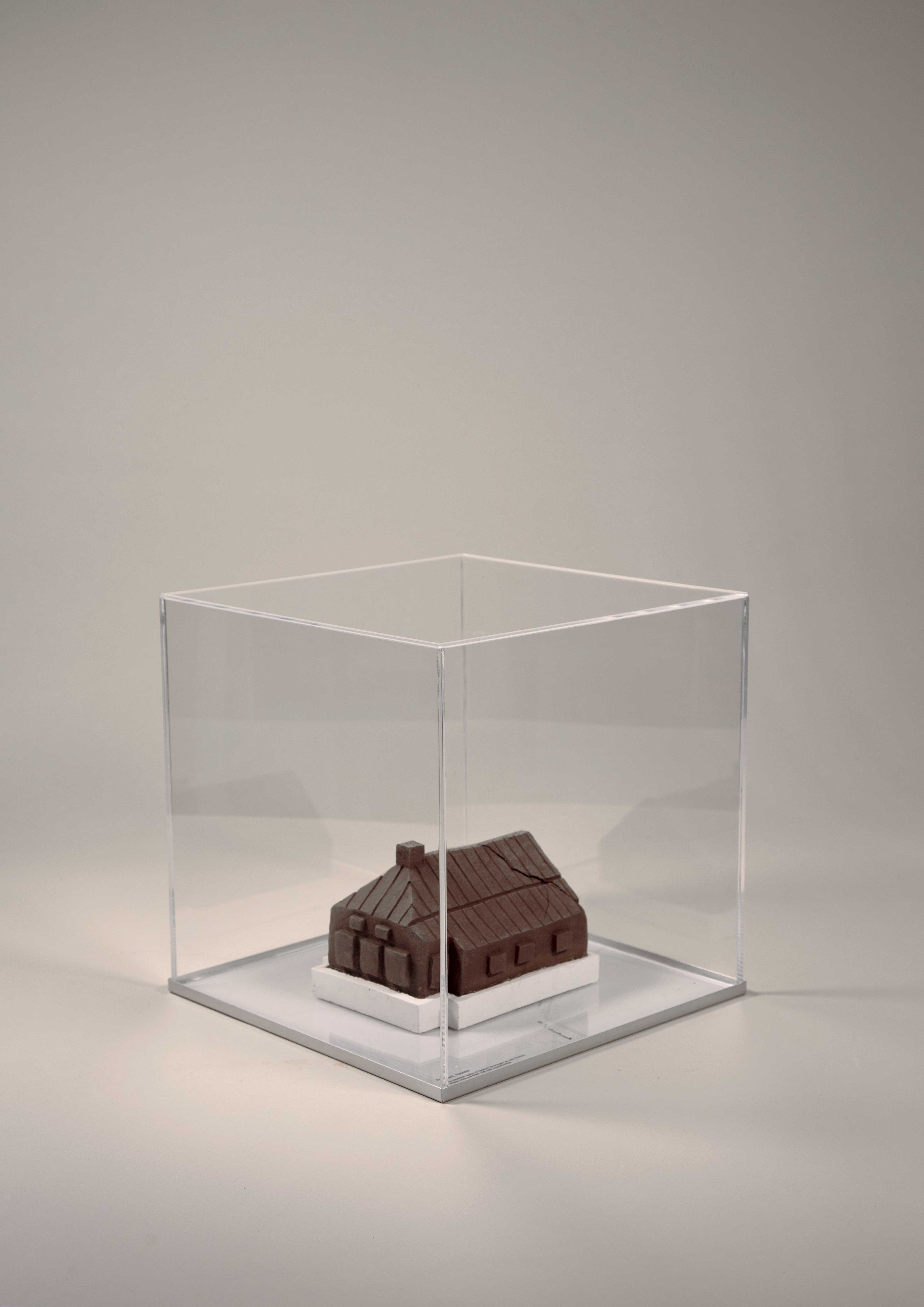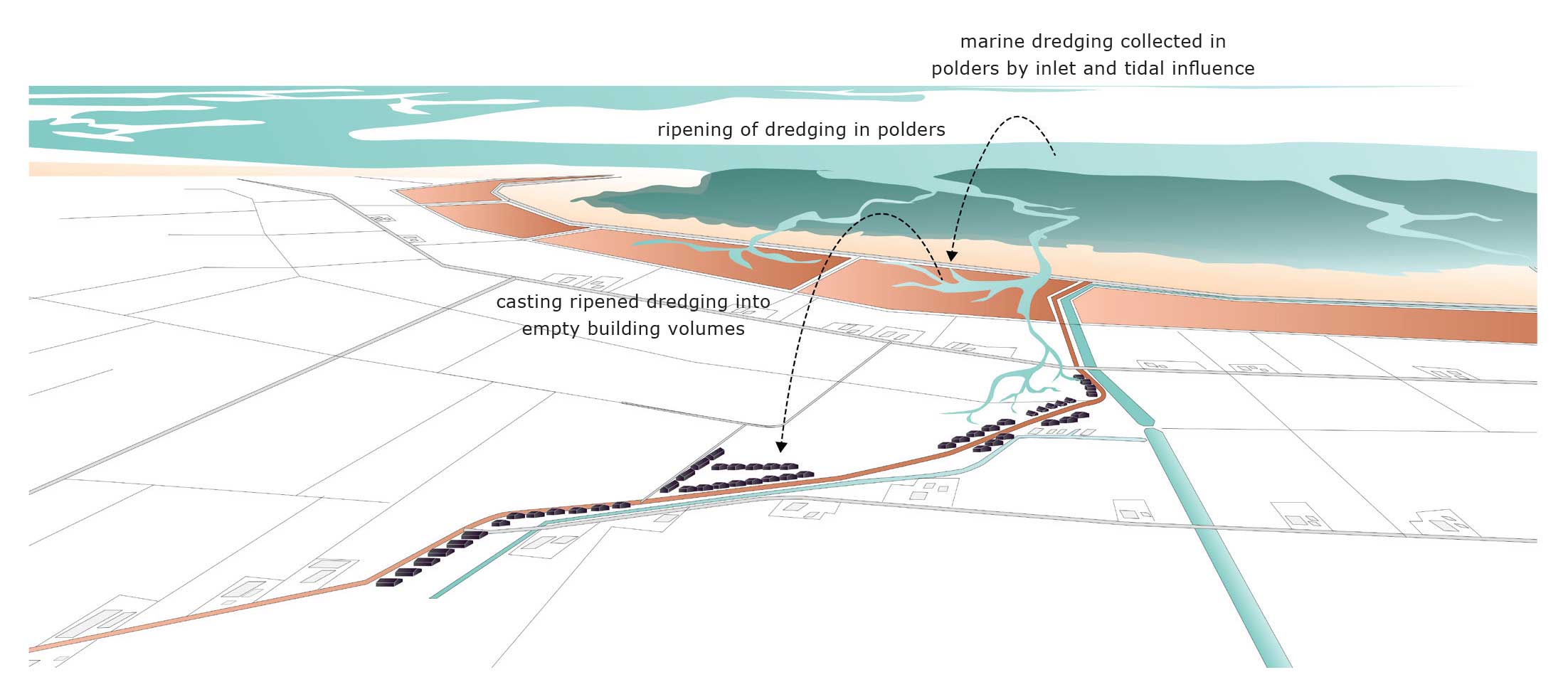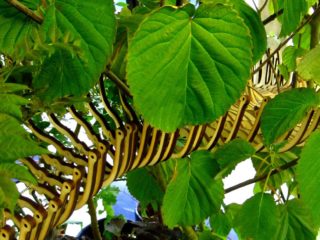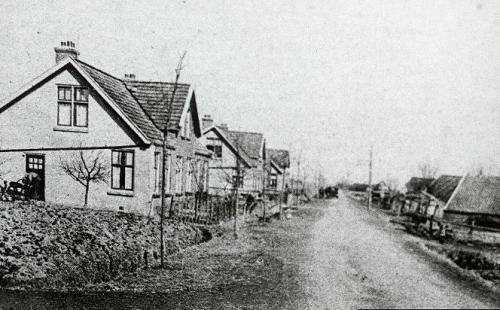
Statement
This is a proposal how to deal with the side effect of gas mining in Eastern Groningen. It will be impossible for the region to solve the difficult problems that they are facing on a short term. But they can create more awareness and keep addressing their challenges in different ways. Because repeating the message in innovative ways will help to create change on the long run.


Mud Castings
To visualise the voids people are leaving behind, an act of repletion to contradict the retraction that is taking place. A familiar matter will be used to create new volumes out of the emptiness. A material that forms the fundamentals of this agricultural region: Marine clay. To execute the act of turning empty houses into mud-castings, the landscape of the Dollard comes in as opportunity. The occurrence of earthquakes are used as phenomena to give emptiness its new shape.
Revitalising the Eems Dollard
The mud-casts are not only a visualisation of abandoned towns and earthquakes, but they are also a result of another problem that can be solved on a shorter term: the deteriorating ecological situation of the Eems Dollard. The Dollard consists of over one thousand hectares of marches and seven hectares of mud flats. The ecological challenges consist out of a growing amount of dredging in the water, which prevents the ecological food chain to thrive. By ‘mining’ dredge to replenish the empty houses, the water quality is improved and ecology can thrive.


